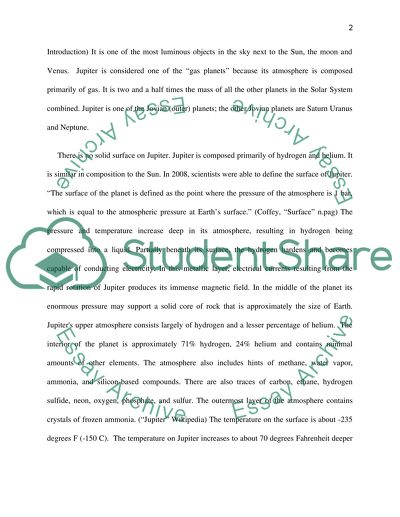Cite this document
(“All about Jupiter Essay Example | Topics and Well Written Essays - 1250 words”, n.d.)
All about Jupiter Essay Example | Topics and Well Written Essays - 1250 words. Retrieved from https://studentshare.org/physics/1449291-introduction-to-astronomy
All about Jupiter Essay Example | Topics and Well Written Essays - 1250 words. Retrieved from https://studentshare.org/physics/1449291-introduction-to-astronomy
(All about Jupiter Essay Example | Topics and Well Written Essays - 1250 Words)
All about Jupiter Essay Example | Topics and Well Written Essays - 1250 Words. https://studentshare.org/physics/1449291-introduction-to-astronomy.
All about Jupiter Essay Example | Topics and Well Written Essays - 1250 Words. https://studentshare.org/physics/1449291-introduction-to-astronomy.
“All about Jupiter Essay Example | Topics and Well Written Essays - 1250 Words”, n.d. https://studentshare.org/physics/1449291-introduction-to-astronomy.


